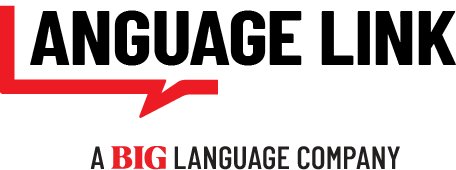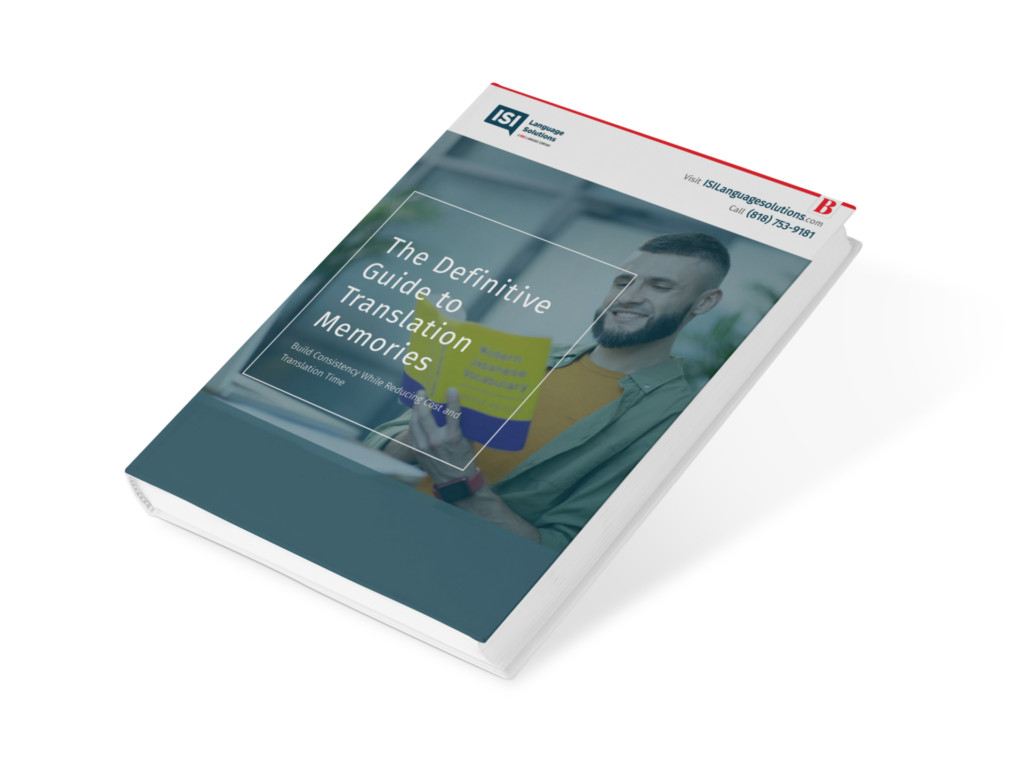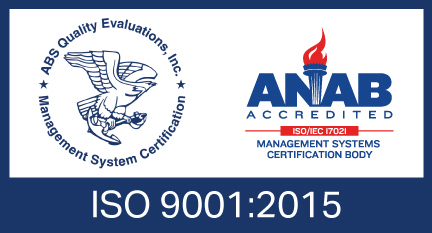
Looking into content translation? There has never been a better time to start translating your content marketing pieces. By publishing your content into new languages you are able to scale up into entirely new markets of customers. This can be domestically, by reaching underserved non-English speaking audiences, or internationally where other languages are spoken. With most content creators doing all of the upfront work of creating content in their own native language, translation is a logical step to double, triple and quadruple your efforts.
The Rise of Content Marketing
By definition, content marketing is a strategy that focuses on creating and distributing valuable and relevant content to attract and retain an audience. The overall goal of content marketing is to convert an audience into loyal customers. Today, the popularity of content marketing among marketers is convincingly high. One major study cited found that 86% of Business to Consumer (B2C) marketers think content marketing is a key strategy,1 while 91% of Business to Business (B2B) marketers say they use content marketing to reach customers.2 Translation allows you to get more mileage out of your existing content efforts by allowing you to reach new audiences of customers that are unattainable with marketing in just one language.
Teaming up with a Language Service Company for Content Translation
Working with a language service company (sometimes referred to as a language service provider or language agency) is one of the most productive partnerships you can leverage for your content. Not only will you get access to many languages you can’t reach with internal resources, your vendor will also have translators on staff with relevant experience in your industry. A quality language service company will have many formal processes in place so that your final translations are of the highest level of quality. Make sure when you are interviewing potential language service companies that you ask them if their translators have experience in your particular industry. Also, ask them what their processes look like. Ultimately it is these aforementioned factors that contribute to the quality of your final translated marketing content pieces.
Choosing Marketing Pieces to Translate and Who to Target
Before choosing what content to translate you will want to make sure you spend adequate time researching which language audiences to target. You may want to look at data sources (such as the Google Analytics) for your website and the various social media dashboards which will indicate where your users originate from and what languages they speak. Internal data sources on your existing customers, via your customer relationship management system or findings from customer satisfaction surveys can also offer insight on which languages and geographies to target. Also, you may want to consult external sources such as market data reports and studies specific to your industry and region to locate additional language opportunities. Keep in mind that there is no one size fits all approach. Every business is unique, which means you will want to dedicate quality time to your own market research to define your language audiences and what paths you will take to reach them. With that said here are the top five content marketing pieces that lend themselves well to translation that you can start translating today:
1. Website for Content Translation
For many, a website represents what is perhaps their biggest content asset available. And because a big traffic source for websites tends to be search engines, websites lend themselves extremely well to translation. By translating your website content into new languages, you can vastly expand your search terms into new languages, thus multiplying your reach. When working with a language service company, make sure to communicate who you wish to target with your content. Targeting a domestic language audience requires a different approach than targeting international audiences in that same language. This means you’ll want to make sure that your website content is highly tailored for each audience. This entails using a localization service in addition to the translation service. Partnering with a vendor that can provide you with both services is ideal.
2. Social Media for Content Translation
Social media has made the world we live in a much smaller place. Across the globe there are 3.499 billion active social media users3 with the average person having 7.6 social media accounts.Users spend an average of 142 minutes a day on social media,4 so there are hundreds of millions of reasons for translating your social media content into new languages. Selecting which social media platforms to publish on and what languages to target should be based on market research. Most of the major social media platforms provide an analytics dashboard which will be rich with data about your followers. In the dashboard, you can find what languages your followers speak as well as what countries they are located in. When working with a language service company, it’s a good idea to create a workflow where you hand off your social media content well in advance of your projected publication date. This will allow for adequate translation turnaround time. This is done so you can publish your content simultaneously across all languages that you are pursuing, including your original English. But do note that if you are targeting language speakers in time zones in other countries, you will want to adjust the schedule of your social media posts for times that work best for each audience.
3. Press Releases for Content Translation
When you translate a press release into new languages you have the opportunity to reach audiences in other languages than your own. Press releases are more likely to get published when they are provided in the publisher’s language. One of the advantages of working with a language translation company is that they will readily have translators available who are also industry experts in a wide range of fields. This is particularly important with press releases, as they tend to contain industry specific terminology. Being backed by a translation team with industry experience, as well as localization know-how, only increases your chances of producing high quality translated press releases. You are then much more likely to get press pick-ups and mentions with the language publications you are targeting.
4. Marketing Sales Collateral for Content Translation
As your marketing and sales collateral was written and crafted with a great level of care by copywriting and design experts, the same degree of expertise and cultural sensitivity is required for successfully translating it into new languages. From brochures, to business cards, sales sheets, infographics, eBooks, case studies, advertisement and so much more – each piece of marketing collateral is an opportunity to make a positive first impression with your prospects. Therefore, you will want to consult a language service company with industry experience, localization expertise, and a graphics department that can help your content resonate with your target audiences in different languages. Having these capabilities will ensure that your marketing and sales content is both efficient and effective, and of the highest possible quality.
5. Video for Content Translation
Video content can take all kinds of forms, including tutorials, interviews, reviews, testimonials, recorded events, advertisements, documentaries and so much more. It is predicted that by 2022, online videos will make up more than 82% of all consumer internet traffic.5 It is also known that annually, 4.5 billion hours are spent watching educational “how-to” videos on YouTube.6 If you are a video content creator, then translating your video content with subtitles and voiceover can help you reach new audiences in new languages. Not only do audiences around the globe expect content translated and localized in their local language, they also expect it released simultaneously with the original language source, and of the highest quality possible. Not every language services company will offer subtitling and voiceover services, so you will want to check with your vendor to see what capabilities they have available. The biggest piece of advice you should follow when translating video content is to establish a workflow with your vendor. This will allow you to publish your video content efficiently and to the highest level of quality possible across all languages.








